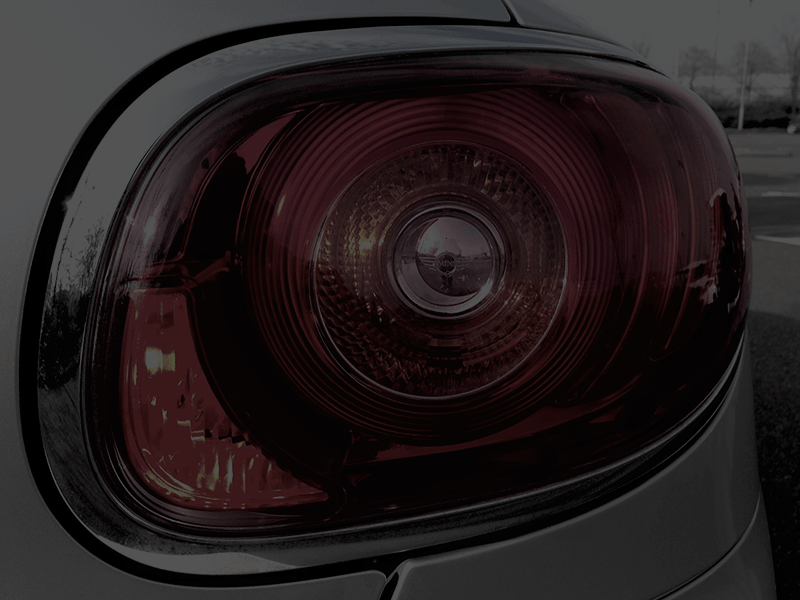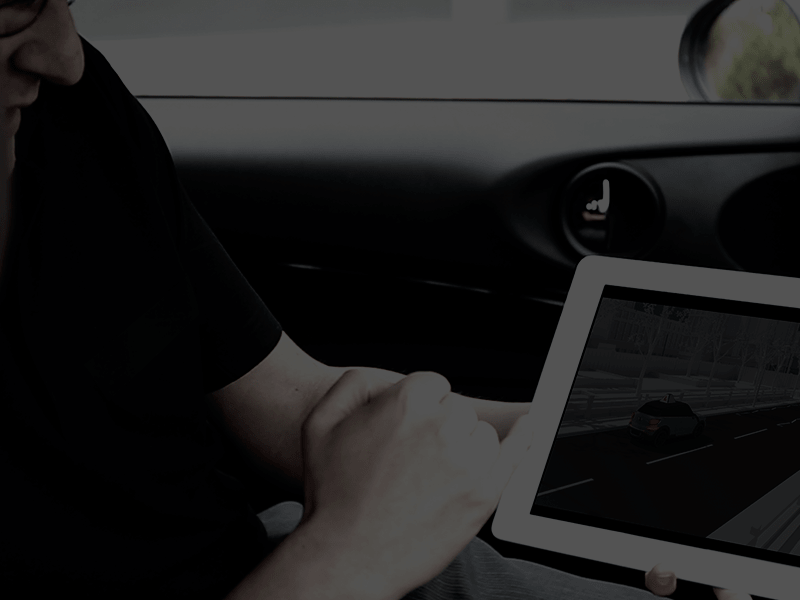Driving Tips – Using auxiliary controls
Tips about using auxiliary controls
If you have had a few lessons or are nearing you driving test you will be fully familiar with all the controls and switches in the car (or cars) that you practise in.
But how much have you thought about the use of the controls?
These tips are about some of the most basic features in your car.

The Horn
OK, you know what the horn does and when you should use it – that is, to warn other road users of danger. But have you thought about how the position of the horn might affect the message you send to others?
Normally you will only need a short ‘toot’ on the horn to grab attention.
In cars where the horn is on the same stalk switch as the indicators it’s fairly easy to stretch out your fingers and give a short, quick horn warning. But when the horn is in the centre of the steering wheel it’s all too easy to ‘give it a thump’ resulting in a long blast of the horn.
Be careful; if you ‘blast’ the horn other people might think that you are being aggressive rather than helpful and that can cause all kinds of problems.

Heater/Air Conditioning
How much have you played with the ‘climate control’ in the car you drive? If the windows mist up during your driving test the examiner will expect you to be able to use the controls to clear them – if you do this while the car is moving your actions need to be ‘second nature’ without looking down at the switches.
If you find it difficult to adjust the controls on the move tell the examiner that you are going to pull up on the left to adjust them (make sure you stop safely). Better still, leave the fan on a low setting throughout the test to help prevent the windows misting up.
For the rear screen, practise operating the de-mister switch without looking at it – rear de-misters operate with automatic timers, usually ten to fifteen minutes, so there is a fair chance that you might have to operate them during the your test on a cold or wet day.

Windscreen wipers
You need to be able to operate both front and rear wipers. In some conditions the screens can get really dirty with spray from the road even though there is little or no rain – in these conditions always use the screen washers when you use the wipers.
Using the wipers on a dry or semi-dry screen will wear the wiper blades prematurely and can scratch the glass as the wipers drag dust and particles of grit across the screen.

ESP
In some cars there is a switch to disable the system. The computerised system monitors steering and grip and applies brakes momentarily on individual wheels to keep the car straight in emergencies. The ESP is switched on by default and should be left on for normal driving. Leave the ESP switch alone!
The only time you might switch it off is if you are stuck in snow, mud or sand where the system could hinder rather than help. In these situations switch the system on again as soon as you get the car moving.
The system might be called something different in your car – typical names are VSA, DSC and ESC.
Take the time to familiarise yourself with any car’s controls – they could be very different to your Instructors!









